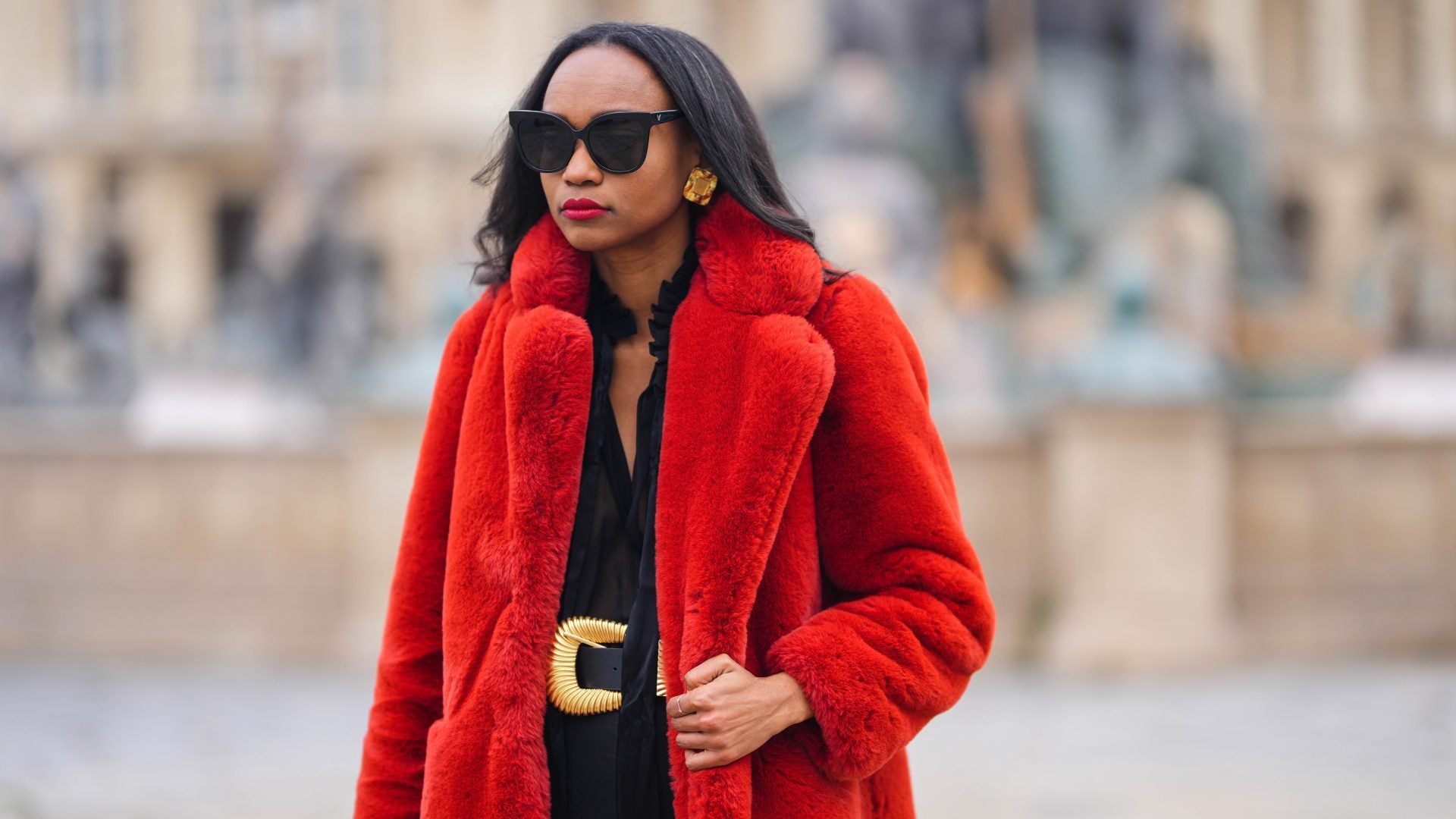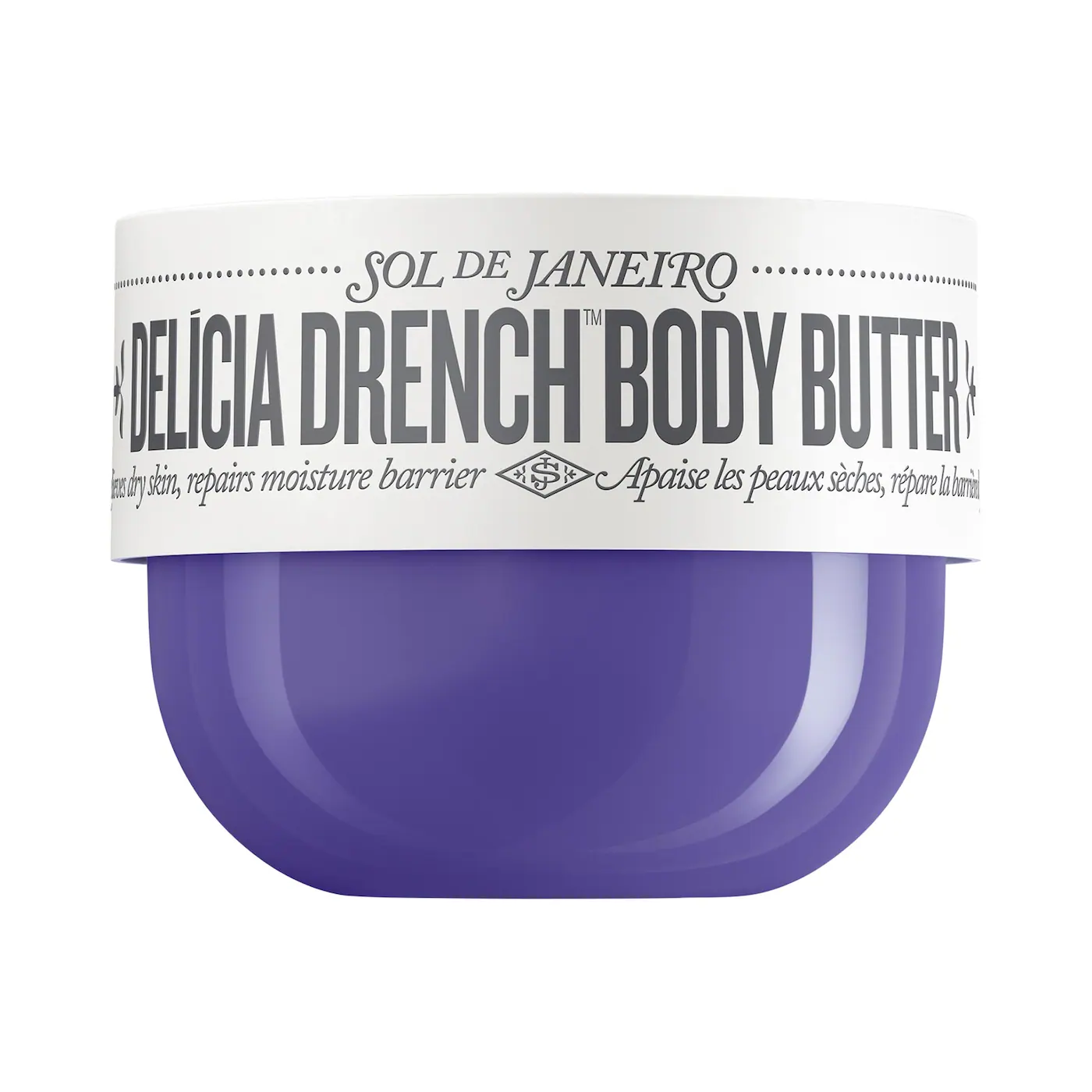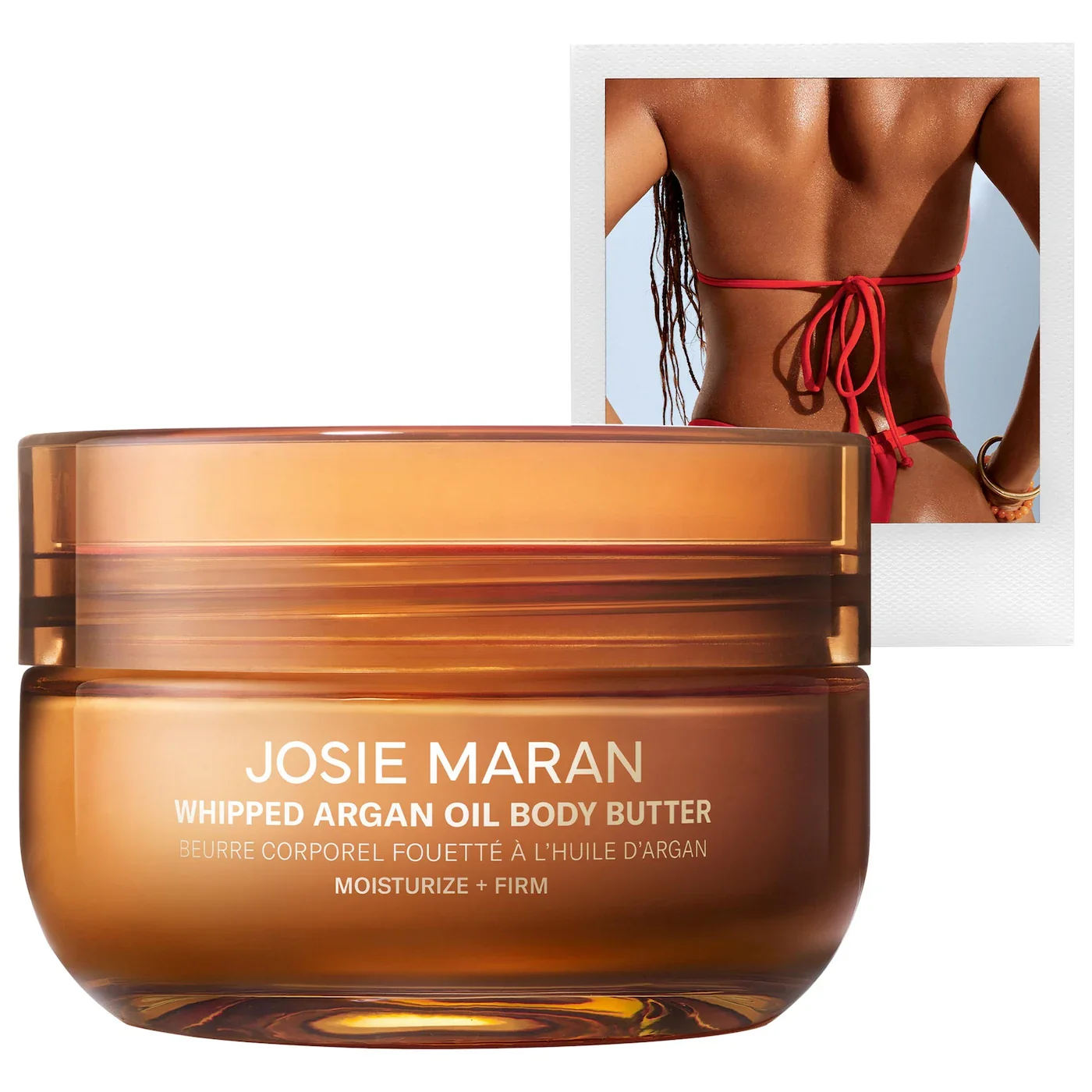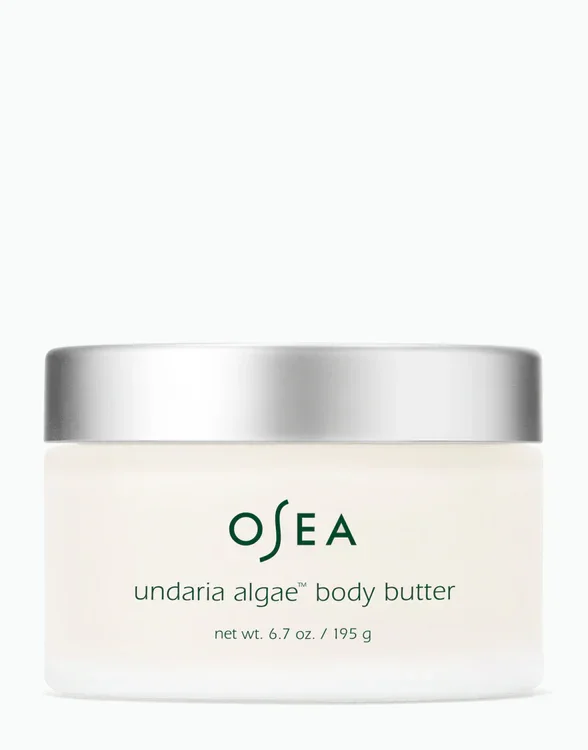
For the Fall/Winter 2024 season, designers offered a wide-ranging menu of dressing options, including sheer blouses, hooded silhouettes, head-to-toe leather, double-layered knits and oversize fur ensembles. Among these trends that excite and provoke, the return of fur stands as perhaps the most controversial. Sure, there will always be a jolt associated with exposed nudity, but few garments create as strong a reaction as the myriad of fur coats that populated the catwalk—especially considering the widespread ban on new fur sales. From Miu Miu to newer player Khaite, brands across the four fashion capitals embraced fur as a fixture of cold-weather dressing, fashioning it as shaggy coats, collars and finishings. Although synthetic fibers and alternative materials are now being used in lieu of real fur, the question remains: Is it okay to wear fur now?
If you spend time on TikTok, you already know the answer. The mob wife aesthetic—characterized by gold jewelry, conspicuous designer accessories and of course, statement fur coats—has successfully rebranded fur as a symbol of power, boosting interest among young consumers. According to Trendalytics, fur-like products have seen a 212.7 percent spike in search and social buzz compared to last year. In some circles, wearing a fur coat (real or faux) is seen as a sort of transgression—a willful disregard of animal cruelty. While the perception persists today, TikTok and the catwalk tell a different story.
For Black women specifically, wearing a fur coat conveys a deeper message. Once an heirloom that was gifted to enslaved women as a substitute for pay, the fur coat is embedded with notions of agency and independence. If you also consider that the fur coat at one point belonged exclusively to monarchs, emperors and church members in Europe and China, it’s easy to understand why Black women would take pride in their ability to acquire such luxury. When Aretha Franklin performed in a mink coat at the Kennedy Center in Washington, D.C. in 2015, her dropping of the garment on the stage floor was a high point of the evening. Writer David Remnick called it a “gospel move, a gesture of emotional abandon, of letting loose.” There’s a reason Billie Holiday, Dinah Washington and Diana Ross frequently sported a fur coat; they were owning their struggle and signaling their newfound freedom.

Nonetheless, the value assigned to fur coats does not do away with their painful history. The fur trade was a driving force behind colonial expansion. It drove the beaver population to near extinction in Europe and Asia by the 1600s. North America became the next area of focus, and as the British, French and eventually the Americans vied for control of fur-rich regions in the U.S. and Canada, the centuries-long quest brought death and illness to the Native tribes who occupied the lands and did the grunt work of hunting the animals. Needless to say: in addition to the human toll, fur production had a detrimental impact on the environment.







Stripped from its historical context, the fur coat became widely adopted in the West from the 1920s to the late 1950s as Hollywood actors claimed it as an object of glamour and femininity. The launch of animal rights organizations like PETA (People for the Ethical Treatment of Animals) raised public awareness of fur production, leading to calls for banning the material. Wearing fur was deemed immoral, as exemplified by a pivotal anti-fur campaign that featured a naked Christy Turlington endorsing the tagline “I’d rather go naked than fur.” To PETA activists, the argument is simple: real fur is unethical. But as opposite opinions make clear: faux fur—with its synthetic fibers and microplastics—is also a questionable alternative. Enter protein-based fur alternatives, which biotech startup Spiber is leading the charge on.
Callie Clayton, head of global client relations at Spiber, told Business of Fashion, “We hope to underscore that you can have it both ways. The look and feel of fur is possible without the cruelty.”
While the mob wife aesthetic and the Fall/Winter 2024 catwalk led to a sudden ubiquity of fur, the moral and ecological implications of endorsing it loom large. Is the resurgence signaling a desire for the real fur, only this time produced more responsibly? Is there such a thing as responsible fur production given its colonial ties and the absence of reparations to the communities harmed? Who gets to wear fur and feel guilt-free? A verdict may never be reached until sustainable alternatives are found.





